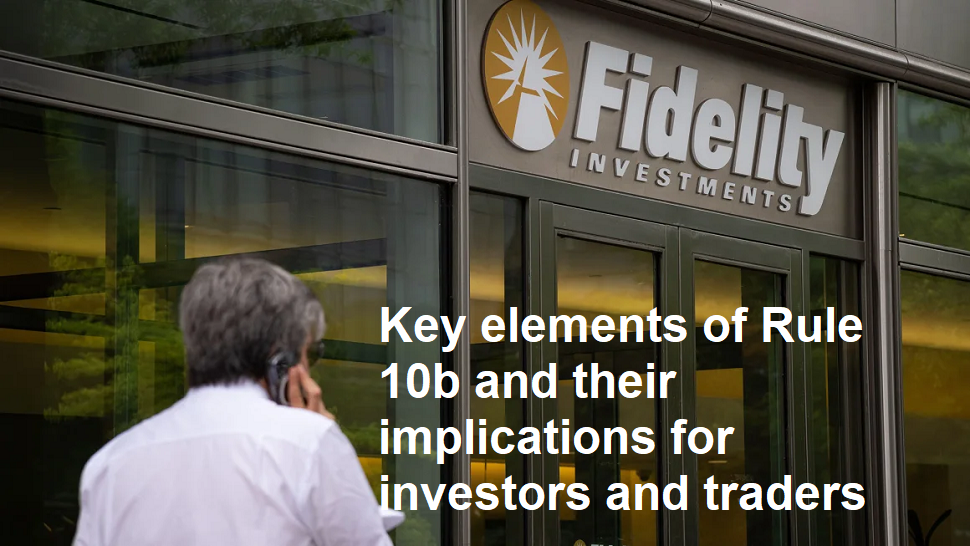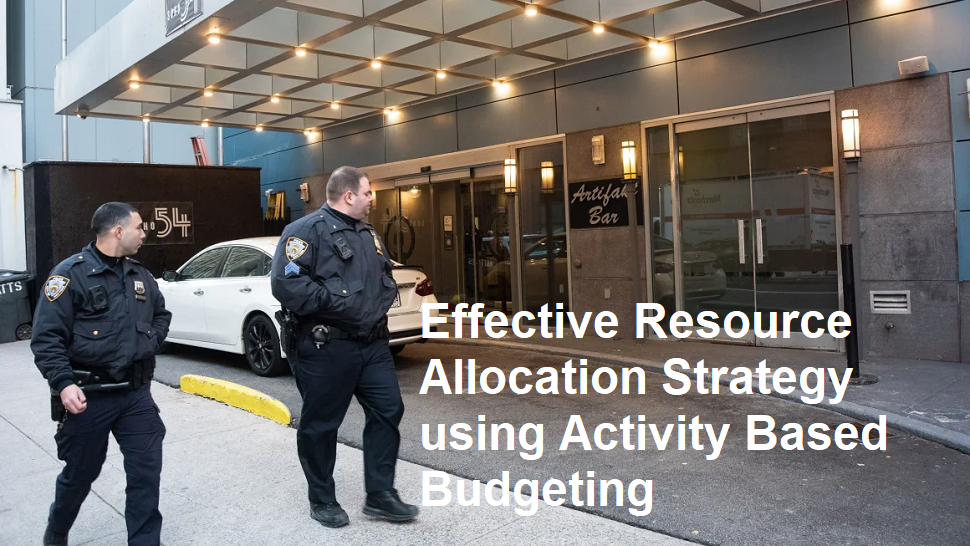What is Rule 10b?
As an investor or trader, it is important to have a solid understanding of the rules and regulations that govern the financial markets. One very important rule is Rule 10b. In this discussion we will learn the ins and outs of Rule 10b, its history, purpose, key elements, and implications for investors and traders.
Rule 10b, which we also know as Rule 10b-5, is a regulation implemented by the Securities and Exchange Commission (SEC), which is the agency that supervises capital markets in the United States. These regulations are designed to prevent fraudulent activities in the securities markets, to ensure fair and transparent transactions for all participants in the capital markets. These rules were created with the aim of prohibiting any act or practice that is considered fraudulent, deceptive or manipulative in connection with the purchase or sale of securities.
To fully understand how important Rule 10b is in the United States, we need to study the history of this rule and understand the purpose behind its implementation. Rule 10b was adopted in 1942 as part of the Securities Exchange Act of 1934, following the Great Depression that hit the United States. Because of these events the SEC recognized the need for strict regulation to restore confidence in the United States financial markets and protect investors from fraudulent practices.
The main objective of Rule 10b is to encourage fair and honest trading practices in the capital markets, which aims to prevent market manipulation, insider trading, and other fraudulent activities that could harm the interests of securities investors. By implementing strict regulations, the SEC aims to maintain the integrity and credibility of the United States securities markets, and foster an environment in which investors can make decisions based on accurate information that they can rely on.
Key elements of Rule 10b and their implications for investors and traders.
Rule 10b covers several key elements that investors and traders in the securities markets should pay attention to. These elements define the scope of the rule and outline behavior that is deemed unlawful and subject to sanctions. Understanding these elements of Rule 10b is critical to ensuring compliance and avoiding potential legal consequences for securities market participants.
One of the main elements of Rule 10b is the prohibition of fraudulent or deceptive practices. This includes making false statements or omitting material facts that could influence the decisions of investors transacting in the securities markets. It also includes any actions that could create a false impression of an issue or mislead the market, such as spreading rumors or engaging in manipulative trading practices.
Another key element of Rule 10b is the prohibition of insider trading. This one refers to trading securities based on material non-public information or information that is not available to the public. It is illegal for individuals and other parties who have access to such information to use it for personal gain or provide it to others who may use it to make investment decisions. Insider trading can undermine the fairness and transparency of securities markets, and provide an unfair advantage to those with privileged information in the securities markets.
The implications of Rule 10b for investors and traders are very important and have a significant impact, because by complying with these rules, market participants can have confidence in the fairness and integrity of financial markets. Compliance with Rule 10b can ensure that investors have access to accurate and reliable information, thereby enabling investors to make informed investment decisions. In addition, Rule 10b also helps level the playing field, preventing fraudulent practices that can harm individual investors and the stability of the securities markets in general.
General violations of Rule 10b and their consequences.
Although Rule 10b is intended to protect investors and maintain the integrity of the securities markets in the United States, violations of this rule still occur. So investors and traders need to be aware of common violations and the potential consequences they may face if they do not comply with these regulations.
One of the most common violations of Rule 10b is insider trading. Individuals who engage in insider trading can face severe penalties from the SEC, including large fines and prison sentences. In addition, violators will be subject to civil lawsuits with sanctions in the form of being required to pay back the profits obtained from these illegal activities.
Another violation of Rule 10b is market manipulation, which includes activities such as creating false demand or supply in the market for a security, disseminating false information for the purpose of manipulating prices, or engaging in wash trading. Market manipulation not only harms individual investors but also other market participants because it damages the integrity of the market as a whole. Parties found guilty of market manipulation can face large fines, prison sentences, and civil penalties from regulators and other legal institutions.












